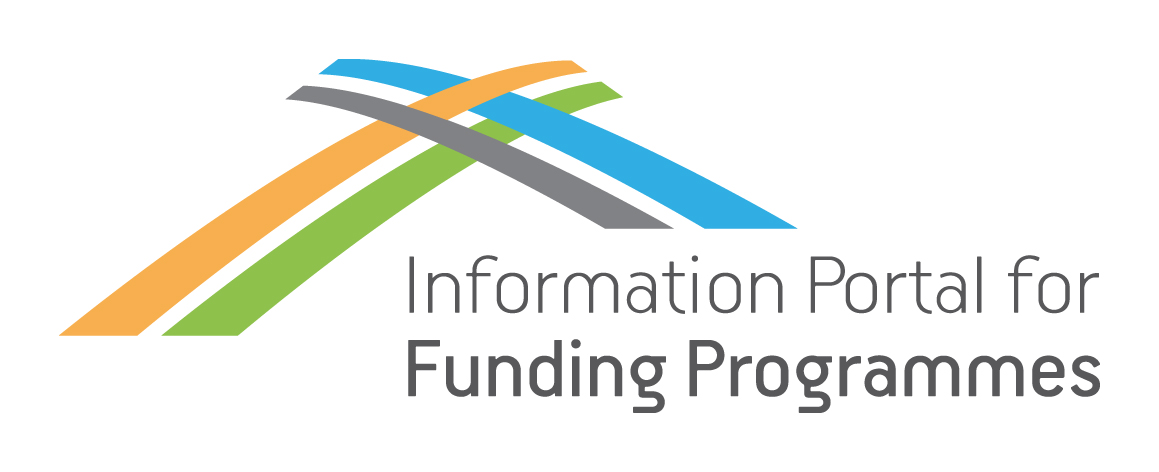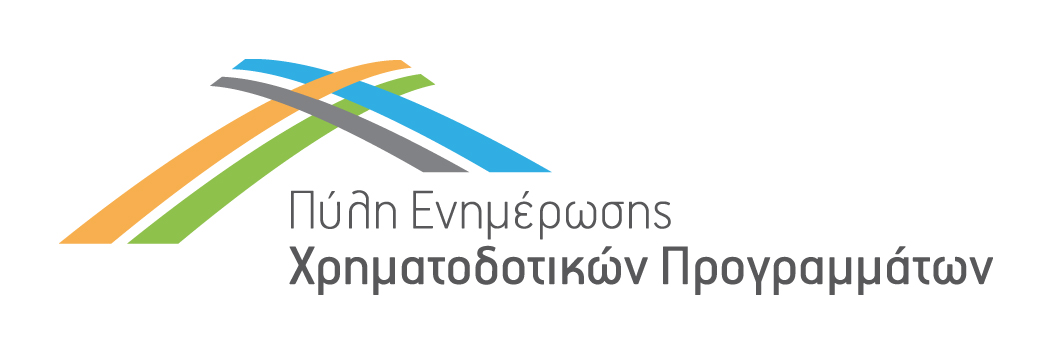Programme Category
Programme Name
Programme Description
The Clean Hydrogen Joint Undertaking or Clean Hydrogen Partnership is a unique public-private partnership supporting research and innovation (R&I) activities in hydrogen technologies in Europe. It builds upon the success of its predecessor, the Fuel Cells and Hydrogen Joint Undertaking.
Identifier Code
Call
Summary
This topic aims at addressing the two-folded challenge of reducing hydrogen compression costs whilst at the same time leaping a substantial capacity increase and in a wide pressure range.
Detailed Call Description
Proposals should develop highly disruptive compression technologies or achieve breakthrough on conventional compression technologies – or a combination of both novel and conventional technologies.
Proposals should develop a flexible hydrogen compression solution that is adaptable across a wide range of applications in order to capture aggregated market volume and resultant reduced costs. This should at least cover PtX applications in the range of 30-200bar (off-take from electrolysers/pipelines and supply for industrial gas applications) and 200-900bar for supply to Medium and Heavy-Duty (MHD) vehicle Hydrogen Refuelling Stations (HRS), compressors for pipeline feeding of H2 in the range of 30-200bar, as well as high pressure trailer filling facilities (500+bar).
To effectively integrate compression technologies into the required pressure range, it is also crucial to develop the required materials technology to address the unique challenges posed by the intake of hydrogen by the system components, potentially leading to degradation through mechanisms such as hydrogen embrittlement and high-temperature hydrogen attack. These challenges are exacerbated at high pressures. Developing a comprehensive understanding of how compressors deteriorate under real-world operating conditions is essential for achieving reliability and economic targets.
Proposals should cover the following elements:
- Development and operation of a full-scale hydrogen compressor prototype, in a relevant environment, for achieving TRL5 (e.g. test centre with simulated or real supply and off-take that resembles relevant PtX and MHD HRS applications being targeted);
- The compressor solution should feature a design that allows for flexible adaption to accommodate different pressure and capacity ranges in order to maximise potential following commercial market volume;
- Compatibility of the hydrogen compression solution with liquid hydrogen supply in the case of MHD HRS applications should be considered – e.g. capturing gaseous hydrogen outlet from conventional liquid supply setups.
The compression solution should prove the ability to achieve the capacity and targets relevant for the market applications being targeted by the proposal. Targets outlined for this topic use the HRS application as baseline, where at least 150 kg/h (3,6 tons/day) capacity in the pressure range of 30-900 bar, and 5000 kg/h for pipelines transport. This will be required to enable use in HRSs with sufficient capacities for fast fueling of MHD vehicles. The pressure range and capacity would also support various PtX market segments such as electrolyser/pipeline off-take, industrial gas use and high-pressure trailer filling facilities. Proposals may also choose to target achieving of compressor direct filling.
Proposals should include development activities targeting compressor designs with high capacity (2.5 tons/day) e.g. through higher compression ratios, increased operation speed or other relevant means.
Proposals may however choose to target an outlet pressure lower than 900 bar e.g. if focusing on specific market applications where solutions are missing or too costly.
Despite increasing of capacity likely will stretch the physical design parameters, energy efficiency and reliability is to be improved at the same time. This may be done by e.g. exploring use of new or novel materials and/or coatings with reduced friction and longer lifetime and/or reducing wear and increasing efficiency by means of cooling, or by developing non-mechanical hydrogen compression solutions.
Proposals should include thorough testing of a full-scale (or reduced-scale for early-stage technologies) compression prototype in an operational environment that is adequate for achieving TRL5 (or higher) and validate reaching of targets. Operation in a test center should resemble real conditions for supply/off-take in PtX market segments and MHD HRSs including relevant start/stop conditions and fluctuating inlet/outlet pressures, potentially using new monitoring and sensor techniques. Whereas 8,000 hours of MTBM may not realistically be achieved during the test period of a project, the potential for achieving the target should be substantiated as part of the test efforts. Proposals may also consider the SRIA 2030 Mean Time Between Failure (MTBF) target of 60,000 hours if this can be quantified as part of the project at the targeted TRL level.
Proposals should substantiate that an OPEX level of 0,2 €/kg can be achieved for the compression solution and should develop a roadmap towards reaching of the SRIA 2030 target of 0,03 €/kg beyond the project.
Requirements or guidelines from European and International hydrogen standardisation bodies relevant for hydrogen compression should be considered for the activities to be undertaken. In addition, proposals may include a technical simulation-based analysis of the integration of the developed flexible hydrogen compression into the future hydrogen infrastructure (e.g. gas grid and caverns) if relevant for the market applications being addressed.
Whereas proposals are to achieve minimum TRL5 only, efforts should also be included on planning and preparing following activities that can further advance the compression solution eventually to a market ready product. Consortium behind a proposal should include stakeholders capable of and with plans for a further advancement and market introduction.
Call Total Budget
Financing percentage by EU or other bodies / Level of Subsidy or Loan
Expected EU contribution: €5.000.000
Thematic Categories
- Energy
- Research, Technological Development and Innovation
Eligibility for Participation
- Other Beneficiaries
- Researchers/Research Centers/Institutions
Call Opening Date
Call Closing Date
EU Contact Point
Email: info@clean-hydrogen.europa.eu
Phone number: +32 22218148
Postal address: Avenue de la Toison d’Or 56-60, 1060 Brussels, Belgium




